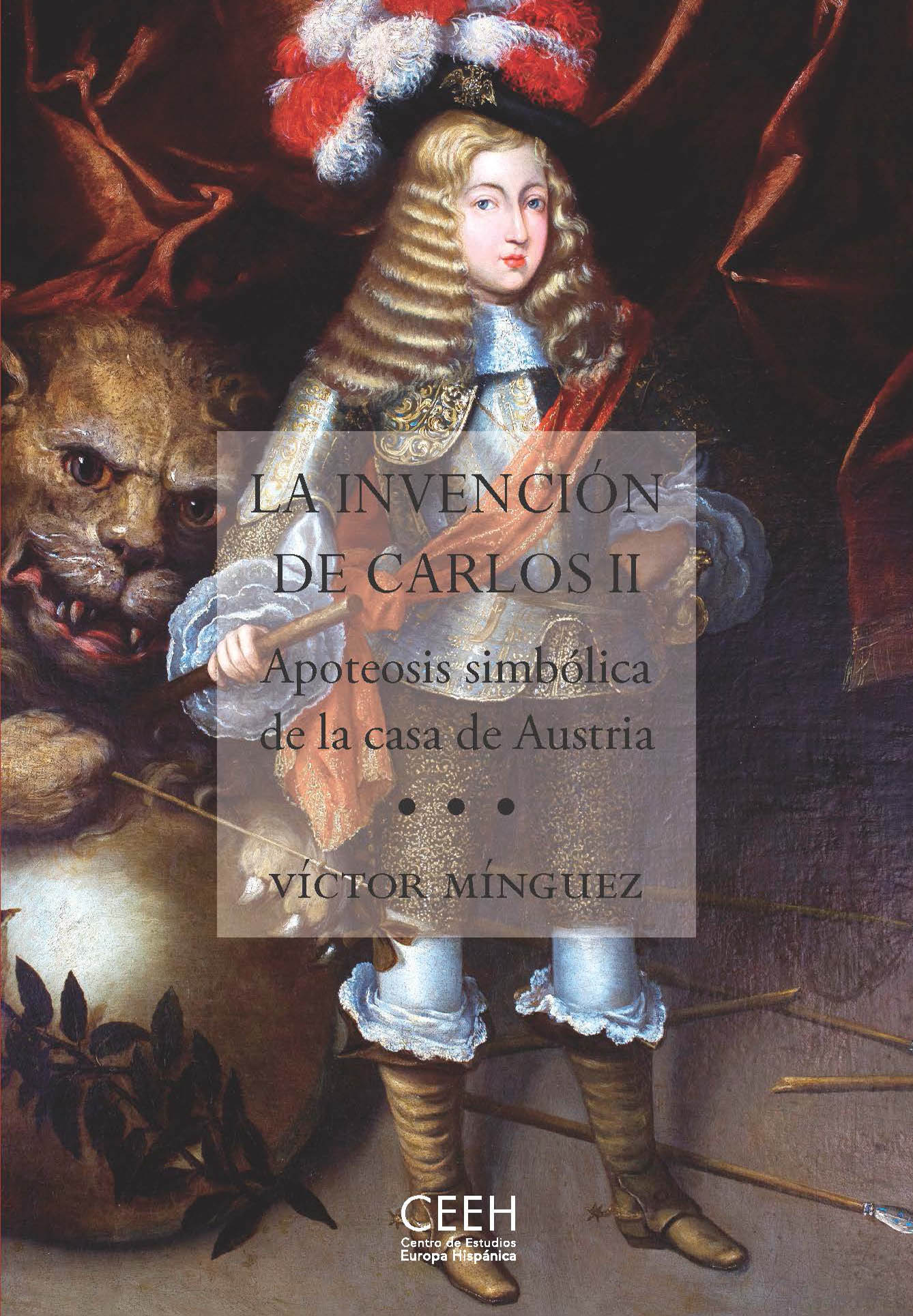Author
Víctor Mínguez
Characteristics
408 pages; 164 color illustrations; flapped paperback; 17 x 24,5 cm
Publication
Spanish; 2013
ISBN
978-84-15245-30-8
Price
€28,85
Every process of creating a monarch’s public image inevitably entails an iconographic manipulation and transformation of the particular individual who wears the crown. In the Modern Age, arts and letters came together each time to serve the propaganda and the prestige of the dynasty to which the new king belonged, but the visual and symbolic construct was probably never so disproportionate as with the last of the Spanish Habsburgs, Charles II (1661-1700). The death of his father, the Planet King, when the prince was only four years old, his enormous physical and mental weaknesses, and the unstoppable decline of an empire in permanent crisis, induced the Queen Regent, together with the successive chief ministers and councillors, artists and tutors, to turn him into a king in hiding who scarcely ever left the Court, being replaced in every scene by his artistic image.
Surrounded by allegorical, mythological, heraldic, astronomical, emblematic and especially dynastic elements, the portraits and representations of the sickly and fragile Charles, created by, among others, Luca Giordano, Sebastián de Herrera Barnuevo, Juan Carreño, Francisco Rizi, Juan de Valdés Leal or Claudio Coello, are the occasion for one of the most dazzling iconic constructs of Baroque court culture, in which many of the elements of the apologetic and visual discourse of the House of Austria, including Hercules, Solomon, the Sun, the equestrian portrait, the Pietas Austriaca, the Golden Fleece and many others, attain their plenitude. The proper deciphering of these rhetorical apotheoses enables us to understand the symbolic image of the Spanish Monarchy during the Golden Century, an image which worked very effectively, since the mirage continued for decades, and the invented king kept the empire practically intact for thirty-three years. Only his death without heirs revealed the artifice at last for all to see.
Víctor Mínguez is professor of Art History at the Universitat Jaume I. As a specialist in analyzing images of power, he has published important books on political iconography, such as Los reyes distantes (1995), Los reyes solares (2001) and, in co-authorship with Inmaculada Rodríguez, Las ciudades del absolutismo (2006), and Himeneo en la Corte (2013). He has been the director of various international exhibitions centered on Spanish American art. He currently directs the project “Triunfos barrocos: la fiesta en los reinos hispánicos,” of which the first two volumes have been published: El reino de Valencia (2010) and Los virreinatos americanos (2012).

